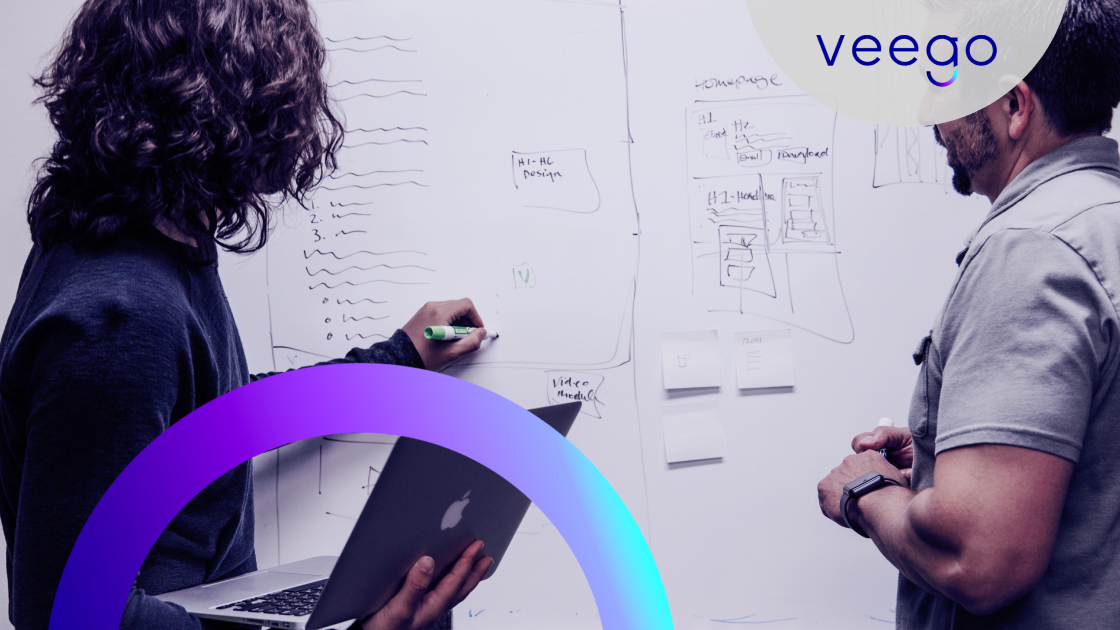Veego is unique in applying crucial CONTEXT in measuring the Quality of Experience of every internet session. Want to know why and how it works? Read on!
Device Fingerprinting
From its vantage point in the home router, the Veego Software Agent keeps a close watch on devices as they connect to and disconnect from the home network. As it notices devices connecting, the Veego Agent “fingerprints” them to know their type, model, and other information. The Agent even keeps track of devices that support MAC randomization.
Veego isn’t unique in fingerprinting devices, but what we do with the information certainly is.
In the Veego Cloud, we maintain a library of devices along with a lot of important knowledge about their behavior. When any Agent encounters a new type or model of a device, it is added it to the device library along with accumulating information about its behavior as Veego Agents learn about it.
Service and App Classification
The Veego Agent also knows how to classify services and apps as they are started up and used in the home. Services are really the major categories of apps – browsing, streaming, video conferencing, gaming, etc. In the Veego Cloud, we also maintain a lot of knowledge about the behavior of all these services and apps. Of course, just like with devices, we update our knowledgebase about the behavior and performance of services and apps as we encounter them.
Here is an important note about service/app classification. Most everybody else uses Deep Packet Inspection (DPI) to figure out what service is running in any given internet session. Using DPI, the service classifier will look into packets to determine their service. But DPI also involves access to Personally Identifiable Information (PII) and this is becoming a big no-no in today’s privacy climate. Veego doesn’t use DPI and doesn’t access any PII, hence, it is compliant with GDPR and other privacy standards.
So, without DPI, how does Veego classify services and apps?
The Veego Cloud maintains (and constantly re-trains) Machine Learning models that know all about the traffic patterns and other metadata (packet sizes, arrival times, etc.) from every type of service. Because ML learns as it goes, Veego Service Classification becomes increasingly accurate over time. Utilizing ML models that are relevant to its own home, each Veego Agent can determine if a user is playing a game, streaming a movie, browsing the web, live-conferencing, or whatever.
No PII-challenged DPI, but a highly accurate service-classification capability that autonomously learns and improves!
If you don’t know the Context, you can’t measure the experience
So, with its highly accurate, real-time device fingerprinting and service classification, the Veego Agent can establish the CONTEXT of every internet session – what the user is doing and what device he is doing it on. Knowing the CONTEXT, the Veego Agent can monitor each internet session according to its specific needs and deliver a highly accurate Quality of Experience score that reflects the actual user experience. Here are some examples why this matters:
- Here is a case where the type of device makes a huge difference. If the service is a movie stream and there is some buffering going on, Veego will note that there is a significant differentiator in the Quality of Experience score whether the user is watching the movie on a 70” giant-screen TV – where the level of buffering is perceived as catastrophic – or just on his 5” smartphone – where the user doesn’t even notice. The Veego Agent considers the type of device that is hosting the service when rendering its QoE score and deciding if the user is having an enjoyable experience or is ready to throw his TV out the window!
- The type of service is also a critical factor in determining the Quality of Experience. For instance, if the user is streaming, Veego will use parameters such as buffer sizes, buffer stability, and streaming resolution to determine the QoE score. However, for gaming, it’s quite different. Since latency is so critical to the QoE score of a gaming session, the Veego Agent will apply different criteria such as the stability of incoming and outgoing packets per second and short-term anomaly detection of drastic changes in traffic patterns.
Context is King
Billions of dollars are invested in the connected home by CSPs, content and media providers, and device and app vendors. But for these stakeholders, understanding the actual customer experience is still a black hole.
Not anymore. Now, there is Veego!





